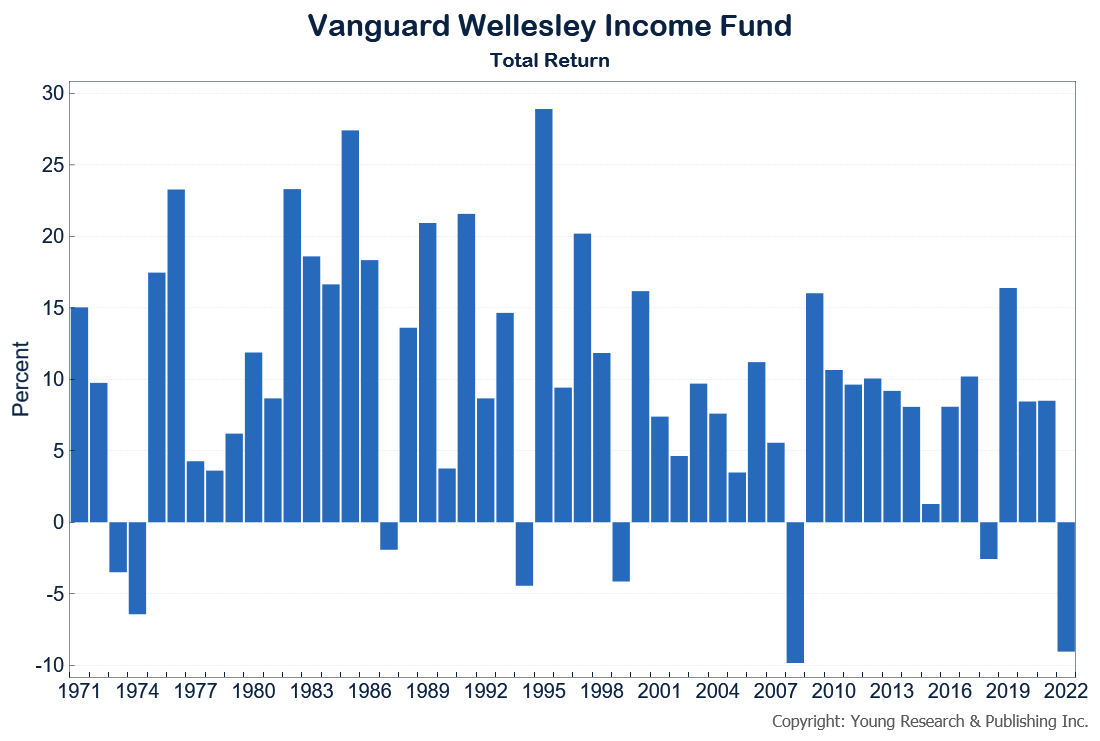
Panorama of the city of Buenos Aires, Argentina, near the National Congress Palace. By Dudarev Mikhail @ Shutterstock.com
Argentina has suffered rampant inflation, bad government, and declining freedom for years. Now, according to Daniel Raisbeck at the Cato Institute, Argentinians have the opportunity to elect someone with a real plan to give them back control. Raisbeck writes:
“We are all Peronists,” remarked Argentina’s corporatist strongman Juan Domingo Perón in 1972, the year before he assumed the presidency for the second time. His quip turned out to be more accurate for the 21st century than for his own times; in 1976, Perón’s second wife, Isabel, was ousted from power by a military junta that ruled until 1983, when the Peronist Justicialist Party lost the presidential election in an upset. Since 2003, however, Argentina has been under left‐wing, Peronist governments for all but four years.
In the 2015 presidential election, Mauricio Macri, a center‐right businessman, narrowly defeated his Peronist opponent with the promise to cut inflation to a single digit and allow a stagnant economy to grow. During Macri’s four‐year term, however, inflation doubled (from 27 to 54 percent), the country’s Gross Domestic Product shrank, and the Argentine peso plummeted against the dollar. Having failed to cut public spending, Macri turned to the International Monetary Fund for the largest loan in the institution’s history ($57 billion). In late 2019, Macri lost his reelection bid to the current, Justicialist Party president Alberto Fernández, a Peronist ally of former leader Cristina Fernández de Kirchner. The latter was in office between 2007 and 2015, having succeeded her deceased husband, Nestor Kirchner, the winner of the 2003 election.
In theory, this year’s election should have been a rematch of the 2019 campaign. However, neither Fernandez nor Macri will be on the ballot. The former, who has presided over a debt default in 2020 and what is now triple‐digit inflation—the official, annual rate was 114 percent in June—decided (no doubt wisely) not to run. Macri, who would have faced serious primary contenders in his own party, stepped aside as well. Still, the pundits were expecting their respective successors to face off for the presidency. Voters had other things in mind.
The Peronists are grouped under a coalition called “Frente de Todos” (Everyone’s Front). The main center‐right opposition, led by Macri until recently, is called “Juntos por el Cambio” (United for Change). Contrary to polling forecasts, neither side obtained the largest percentage of the vote in Sunday’s mandatory presidential primaries. Instead, the overall winner—with 30 percent of the vote— was Javier Milei, a free‐market economist who was first elected as a Congressman for a newly created party—Liberty Advances— in November of 2021.
Milei came to prominence as an outspoken guest in political television shows, where he lambasted Cristina Kirchner, the current vice‐president, for economic incompetence and her government’s blatant corruption (last December, an Argentine federal court found Kirchner guilty of appropriating close to USD $1 billion from sham contracts and spurious infrastructure projects). Macri, Kirchner’s successor, fared little better according to Milei, who remarked that the former president’s government merely offered “socialism with good manners.”
A former heavy metal vocalist, Milei has proven to be a skilled showman, with a particular talent for illustrating that, when applied, the theories of classical liberalism benefit the ordinary man. From the outset of his congressional term, Milei announced that he would not accept his due salary. Instead, he carries out a monthly raffle in which anyone can register for a chance to win around nine times the national monthly minimum wage. Whereas his opponents decry a dangerous, self‐promoting scheme to gather personal data from thousands of participants, Milei explains that he is returning to the taxpayers what is rightfully theirs.
Milei’s idiosyncracies—he thanked his four dogs for helping him to victory— his disheveled, polemical style, and his routinely packed political rallies, which resemble hard rock concerts, all might seem to preclude any ideological coherence. That is not the case. Milei’s platform affirms that “the Argentine state is the principal cause of Argentines’ poverty.” It includes a unilateral commercial opening for highly protectionist Argentina, the privatization of all state‐owned companies, a universal school voucher program, a 15 percent reduction in public spending as a percentage of GDP, eliminating 17 of 25 ministries or departments of state, and getting rid of utilities, subsidies, and price controls.
Milei’s main mentor is Alberto Benegas Lynch, a respected classical liberal economist. He considers Milei an heir to Juan Bautista Alberdi, the creator of the 1853 constitution, and credits him with having “transferred (classical) liberal ideas to the political sphere after an absence of eight decades.” Benegas Lynch’s father, Alberto Benegas Sr., founded a think tank in the 1950s, the Center for Liberty Studies, which invited Austrian economist Ludwig von Mises—among other scholars— to lecture in Buenos Aires. Milei is thus the product of a rich intellectual pedigree.
Milei’s critics still denounce him as a demagogue with an arsenal of questionable antics, beginning with his trademark profanity, which he routinely aims at particular opponents and the “political caste” in general. Ideologically, left‐wingers tend to attack Milei for his radical “neoliberal” agenda. The intelligentsia also has tried to associate Milei with nationalist and “populist” right‐wing figures such as Donald Trump and Jair Bolsonaro. The press regularly describes him as “ultra right‐wing.”
The problem with that theory is that, although Milei seems not to mind the Trump‐Bolsonaro associations and even encourages them, he is certainly no economic nationalist. In fact, his trademark policy proposal to tame inflation in Argentina is to dollarize the economy, shut down the central bank, and get rid of the national currency. As my colleague Gabriela Calderón and I argue in a recent Cato Institute policy brief, dollarization is both necessary and long overdue in Argentina. In the primaries, the largest block of voters agreed.
The charges of demagoguery against Milei ring most true in terms of certain policy proposals that seem unachievable. For instance, his platform aims to cut public spending drastically without firing any current functionaries and to eliminate subsidies and price controls without affecting artificially low utility bills. As economist Iván Carrino notes, solving such problems painlessly is highly improbable.
A few days ago, Milei was still an underdog, struggling for relevance in a three‐way race according to the polls. Now he is the man to beat for both of his main opponents: Patricia Bullrich, Macri’s former Minister of Security, and Sergio Massa, the Peronist candidate and current Minister of Finance. Were he to win the presidency in October, Milei is unlikely to implement all of his ambitious agenda. If he manages to dollarize Argentina, however, Milei will have deprived the political class of any ability to carry out monetary policy, thus breaking the long cycle of currency devaluation, monetized debt, triple‐digit inflation, and chronically decreasing purchasing power. This alone would be a monumental service to his countrymen.
As things stand, Massa would be eliminated in the first round of voting in October, with Milei and Bullrich proceeding to a run‐off in November. In which case one thing will be certain: Argentines are all Peronists no longer.
Read more here.





